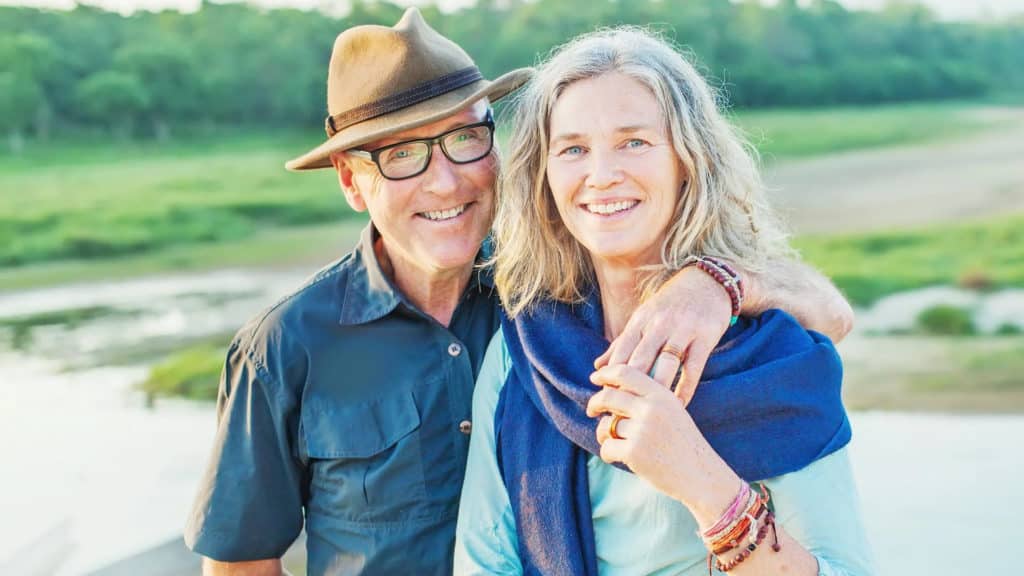Seventy percent of Americans over 30 think the country is “a little or not at all prepared” to address the health and social needs of older adults, according to a study by West Health Institute. And just 10 percent of professionals who work with older Americans feel seniors are “very prepared” to age well, according to the National Institute of Senior Centers.
Generally, we worry about aging successfully, but do we even know what “successful aging” means? In the past, the perception of success meant living indefinitely in one’s house. Today’s definitions have expanded though. “The cornerstone to successful aging is maintaining a consistent physical activity routine and healthy diet,” the American Journal of Lifestyle Medicine reports. Overall, successful aging is about health, vitality, wellness, energy, enthusiasm, sociability—all of which are enhanced not by living in isolation, but rather by being part of an active and engaging community for older adults.
Independence
One of the hallmarks of successful aging is the ability to manage factors of one’s life independently. An older person’s ability to make his or her own decisions and act autonomously is often a defining characteristic among those who feel they are “living well” in their senior years.
Living alone, ironically, tends to undermine this sense of independence. Older people may find themselves unable to drive, with restricted opportunities for social interaction, and perhaps, additionally limited by physical conditions that hinder independence.
Senior living, on the other hand, can foster independence. With the support of caring staff members, residents of an assisted living community are able to maintain a strong sense of self-direction, making their own significant choices and decisions in ways that allow for autonomy safely.
Wellness
Physical and mental wellness are key metrics in the definition of successful aging. Among older Americans, 40 percent name physical health as a top priority and 32 percent rank mental health as a chief concern, according to a report from the National Council on Aging.
Living in isolation takes a physical toll: It’s hard for seniors living on their own to maintain a regular routine of activity and exercise. On the other hand, a community lifestyle supports health and wellness in a number of important ways.
Senior living communities may have exercise and activity spaces designed for the specific needs of older persons, thereby making it easier to establish and maintain a regular routine that supports physical well-being. Group exercise and scheduled activities further encourage residents to take an active interest in their own ongoing health.
Just as the community environment can support physical health among residents, it can also encourage lifelong mental sharpness. Living alone may mean a lack of stimulation, which in turn leaves mental faculties idle. An assisted living community brings residents together for a range of interactions throughout the day. This social component helps ensure mental vigor. At the same time, intellectually engaging activities and creative pursuits contribute to the ongoing cognitive engagement key to successful aging.
Nutrition
Healthy eating is a vital component in the modern definition of successful aging. That’s in part because nutrition is often neglected among those who live alone, despite it being a strong contributor to both physical health and an overall sense of well-being.
More specifically, older people living on their own may find it hard to get to the store regularly. Many also find the act of preparing food to be physically challenging, while some simply don’t want to bother with cooking. This has consequences: According to various studies, people who don’t receive proper nutrition have a higher rate of depression, an increased risk of infections, and a lower likelihood of being discharged from the hospital once admitted. Furthermore, poor nutrition has the potential to drive a 300 percent hike in the cost of healthcare.
Fortunately, the culinary experience in senior living communities can turn this around 180 degrees by offering residents ready access to wholesome, interesting meals. Freed from the need to prepare food, assisted living residents are better able to relax and enjoy their meals. They have access to a wider variety of foods, and the social component of communal meals makes it more likely that they will take an active interest in the diverse culinary opportunities available.
Senior Living and Aging Successfully
What does it mean to age successfully? Independence, wellness, nutrition—these are among the key elements. Overall, it’s about having the resources available that empower one to engage fully in life. Aging well means participating in vibrant, thought-provoking, meaningful interactions. It’s a state of being that is hard to achieve in isolation, but much more readily realized in a vibrant community, surrounded by one’s peers and supported by caring staff.




